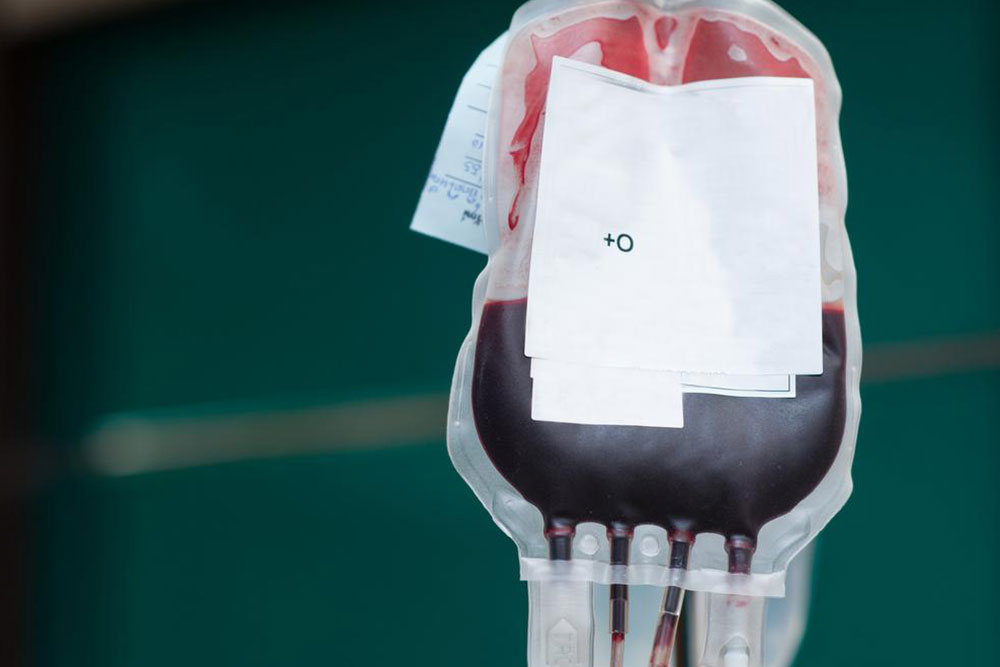Know More About Public Cord Blood Banking
Public cord blood banks are similar to public blood banks in function. For one, anyone can donate to them. Two, they have several quality control standards and the donations have to measure up to them. If they don’t, they are discarded. Three, they find their samples with the help of national registries.
Patients that are in frequent need of cord blood cannot be treated with a single donation from a person.

About 60% to 80% of donations to public cord banks are rejected as medical waste. One reason for this is because, during collection, cord blood gets contaminated. Another is the complications involved in shipping the donation. Mostly, though, a cord blood collection does not contain enough cells that can be used. Private cord blood banks don’t have as good a quality control standard as public cord blood banks, and using one’s own cord blood for treatment is not as medically effective. Public cord blood banks do not face these issues. They also have better matches for patients. Due to this, the medical world accepts public cord blood banks more readily.
Not many public cord blood banks exist because of the expenses involved in opening and maintaining one. This is primarily because public cord blood banks do not have a storage fee unlike private cord blood banks and so, have significantly lower funds to run a cord blood bank.
Recent studies found that almost all cord blood transplants conducted thus far have been sourced from public cord blood banks. In one study, doctors who have collectively done hundreds of transplants said that a mere 50 of these stem cell transplants were sourced from a private cord blood bank. Of these 50, 41 were stem cell transplantation for family members. Of these 41, 36 were already aware of the need for cord blood prior to donation. Only 9 of the 50 used the donor’s cord blood on the donor, making the one advantage of private cord blood banking that much weaker.















